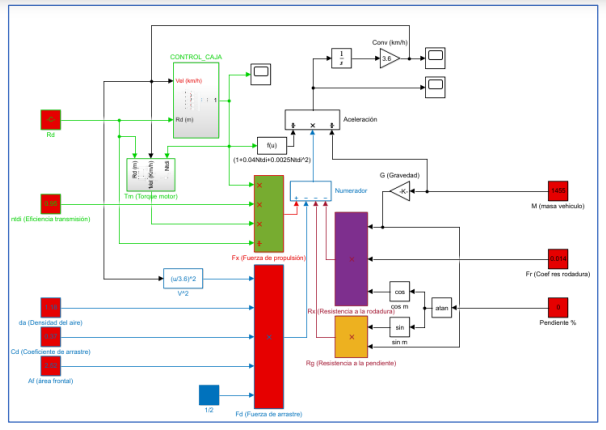Neutrosophic method for the evaluation of the acceleration performance of a vehicle
Main Article Content
Abstract
This research focuses on evaluating vehicle acceleration performance using a neutrosophic approach. A 2013 Kia Sportage, with a mass of 1455 kg, a drag coefficient of 0.37, and a frontal area of 2.52 m², was selected for testing under optimal operating conditions. Acceleration was measured as the time taken for the vehicle to accelerate from 0 to 100 km/h (0 to 62 mph) on a selected road that complies with the SAE J1491 standard, ensuring a suitable environment for obtaining accurate results. The methodology includes analysis of the gear ratios of the five-speed manual transmission, which is critical for optimizing the acceleration process. Neutrosophic logic was applied to manage uncertainties associated with performance measurement and operating conditions, enabling a more robust approach to results analysis. This study seeks not only to provide quantitative data on vehicle acceleration but also to generate a theoretical framework that integrates interrelated variables to improve the understanding of automotive performance. Ultimately, the findings are expected to contribute to both academic knowledge and practice in the automotive industry, improving vehicle performance and safety standards.
Downloads
Article Details

This work is licensed under a Creative Commons Attribution 4.0 International License.

